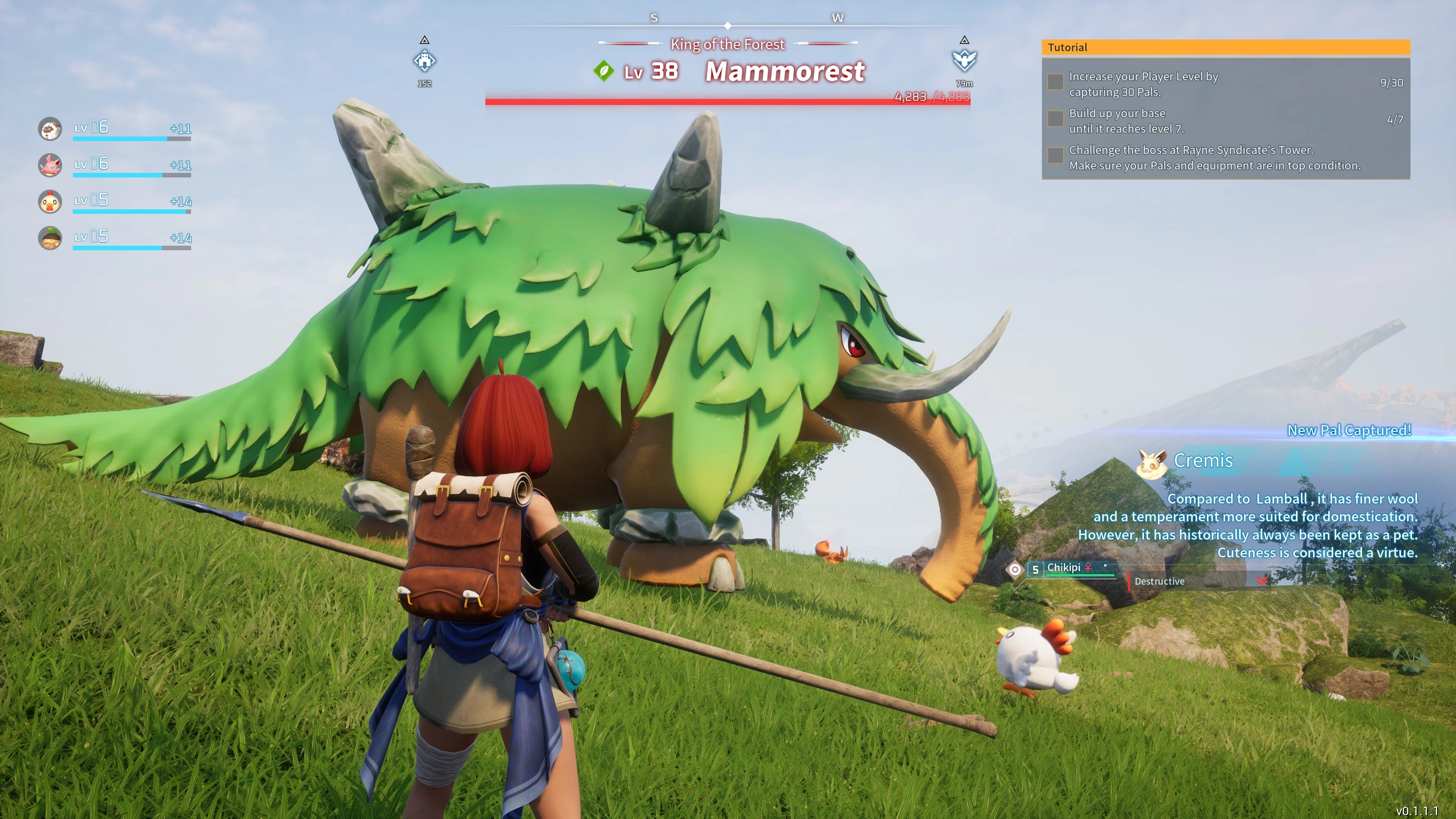
The gaming world recently buzzed with discussions about potential copyright infringement as Pocketpair's new title, Palworld, became the topic of debate. Palworld is a game that spices up the monster-collecting genre with the added twist of survival elements, something which has drawn parallels to the well-established Pokémon franchise. Accusations of outright plagiarism started to float as similarities between Palworld's creatures and those of Pokémon were flagged by fans and critics alike.
Taking a deeper look, Palworld indeed showcases creatures resembling those in Pokémon. For instance, Palworld's Lamball bears a striking resemblance to Pokémon's Wooloo, albeit with divergent characteristics upon closer inspection. Similarly, other creatures in Palworld have design aspects that seem to mimic those of Pokémon's beloved critters, yet with tweaks in shape, color, or accessories.
However, do these resemblances amount to copyright infringement? This is the pivotal question stirring debates across gaming communities and prompting legal perspectives to clarify the boundaries of intellectual property rights.
Tim Cotton, with over two decades of experience in media law, offered his insights into the matter. Copyright law in the UK and EU is automatically granted to original artworks upon creation, and it comes with the caveat that others are not to replicate the art without permission. Exceptions exist, such as the educational use of copyrighted material, but the baseline is set against unauthorized copying. Trademarks, likewise, protect characters and designs from being imitated or misused.
After examining the creatures of Palworld, Cotton articulated that the differences between Pokémon and Palworld's monsters are sufficient to avoid legal issues. Each game’s design and brand, he believes, are distinct enough to negate the potential for consumer confusion—a primary concern in copyright disputes. Minute differences in the creatures’ designs, such as the color of the trousers worn by Palworld’s Verdash compared to Pokémon's Cinderace, or the exact placement of tufts of fur, are crucial factors in his analysis.
Richard Hoeg of Hoeg Law chimed in with a similar stance, communicating via social media that unless there is evidence of direct design copying, Nintendo, the company behind Pokémon, would struggle to win a copyright infringement lawsuit against Palworld. He emphasized the gameplay and thematic differences between the two games, illustrating that Palworld combines elements from various genres in a unique way.
Despite such professional opinions, the situation becomes more convoluted when allegations surface regarding the direct copying of Pokémon models for Palworld's in-game assets. Anonymous claims supported by industry artists suggest that certain Palworld designs may be too identical to Pokémon's to have occurred by chance, floating the possibility that Pocketpair might be tracing or even ripping the models directly from Pokémon titles.
David Hansel, another legal expert specializing in intellectual property, posited that if proven true, such model similarities could serve as compelling evidence against Pocketpair. For Nintendo, discovering a "smoking gun" that showcases obvious copying rather than taking inspiration would be key to a successful legal challenge.
Cotton speculates that a possibly contentious issue for Nintendo could be Palworld’s depiction of its creatures with firearms, which is a stark contrast to the firearm-free universe of Pokémon. Despite this variegation, there arises a concern that the use of guns could distort public perception of Pokémon, potentially providing another legal angle for Nintendo if they decided to pursue litigation.
On their defense, Pocketpair staunchly denies any intention of infringing upon the intellectual property of other companies. The company has stated that Palworld has passed legal reviews and remains unchallenged legally by competitors.
The debate around Palworld and Pokémon illuminates the complex nature of copyright law in the gaming industry. While the line between artistic inspiration and plagiarism can sometimes be thin, it boils down to the intricacies of legal interpretation and the detailed nuances of each individual case. For now, Palworld continues to operate amid the controversy, with the watchful eyes of fans, legal experts, and potentially Nintendo, observing its journey in the gaming world.
You must be logged in to post a comment!